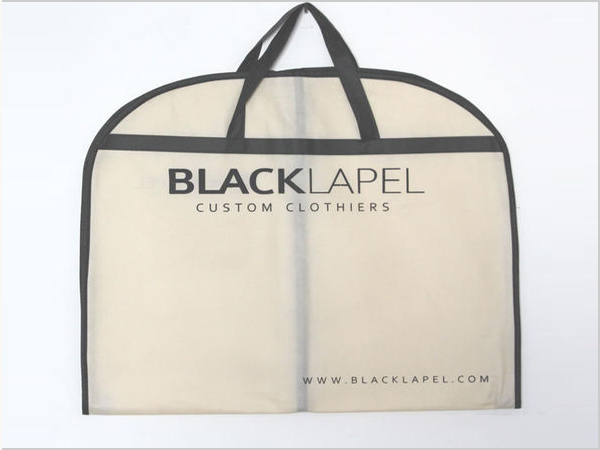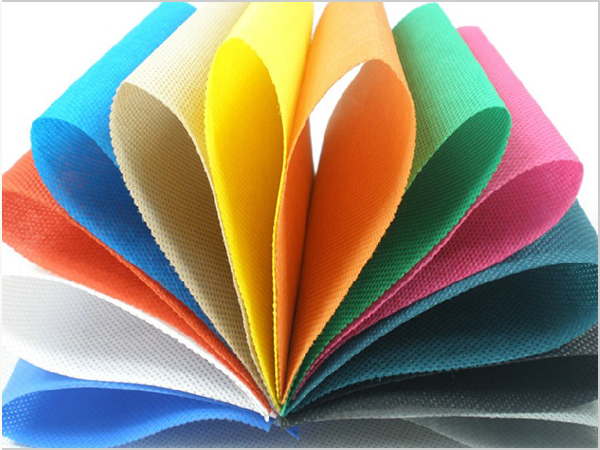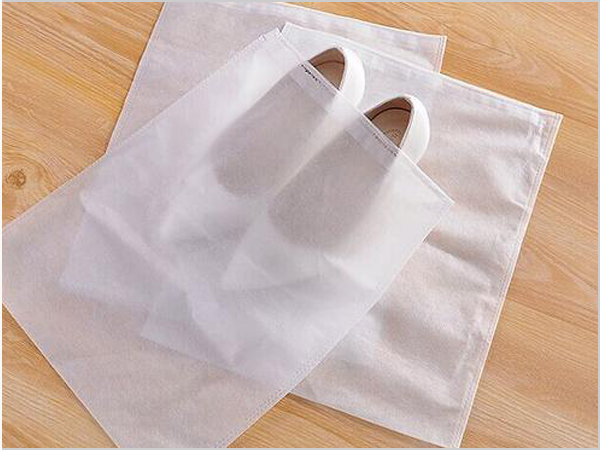- Xiangshuo has stood out in the field of spunbond nonwoven fabrics!
- How should enterprises respond to the impact of repeated tariffs
- PP non-woven fabric is a new type of environmental protection material!
- Under the tariff challenge, the textile and garment industry has a new opportunity
- Spunbonded non-woven fabric is an efficient, multi-functional modern material!

- Telephone: 0551- 66779966
- Cellphone: 18955130444
- Email: 58792982@qq.com
- Address: Building 1-2, East of Wubu Village Section, Hehuai Road, Wushan Town, Changfeng County, Hefei City, Anhui Province
Spunbond non-woven fabric, also called polypropylene spunbond non-woven fabric, polypropylene spunbond non-woven fabric, is a new generation of environmentally friendly materials, with refusal, breathable, flexible, non-combustion, non-toxic and non-irritable, colorful color and other features .
If the material is placed in an outdoor and natural decomposition, the longest life is only 90 days, and it is placed in the room within 8 years. It is not toxic when burning, and there is no legacy substance, which is not polluted, so environmental protection is here.
The PP spunbond non-woven fabric is one of the non-woven fabric, which is the use of PP polypropylene as a raw material, and then passed through a high temperature wire, and then uses a hot rolling method.
Due to the simple process, the output is large, and the human body is non-toxic. Therefore, it is widely used in medical and sanitary materials non-woven fabric, agricultural non-woven fabrics, industrial non-woven fabrics, and non-woven fabrics for packaging materials.
1, polypropylene material
Polypropylene is a commonly used polymer commonly used in spinning tools, and the main performance parameters have equal limits, melt index (MFI), and ash.
The spinning network requires that polypropylene is equal to 95%, and if it is less than 90%, it is difficult to spinning.
During the polymerization, three configurations of polymers can be produced due to the different positions taken in the stereoscopic space.
Material: 100% polypropylene fiber
Processing method: spunging method
Color: Normal color card provided by the factory, you can also do special colors according to customer requirements (Pantong card can be done)
Drawing: small hole / sesame spots / cross / special texture (most of the market is small in the small hole, sesame points are used in sanitary materials, the cross is used for shoes, packaging, less texture.)
Features: It is a new generation of environmentally friendly materials, with moisture-proof, breathable, flexible, light, non-combustion, easy to decompose, non-toxic, non-irritable, recyclable, soluble, waterproof, dustproof, anti-UV, colorful, price Low, recyclable reuse.
2, use
The spunbond non-woven fabric is mainly used in medical plants, agricultural coverage, home textile household items, packaging materials, shopping bags, etc., new products have emerged, and the use is wide.
Such as masks, medical disposable isolation clothing, head socket, shoe cover, diaper, adult diaper and hygiene products, etc.
17 ~ 100GSM (3% UV) for agricultural coverage
15 ~ 85GSM for home textiles
40 ~ 120GSM for home supplies
50 ~ 120GSM for packaging materials
100 ~ 150gsm for blinds, car interiors, photography, advertising cloth, etc.
- Xiangshuo has stood out in the field of spunbond nonwoven fabrics!
- How should enterprises respond to the impact of repeated tariffs
- PP non-woven fabric is a new type of environmental protection material!
- Under the tariff challenge, the textile and garment industry has a new opportunity
- Spunbonded non-woven fabric is an efficient, multi-functional modern material!
- By the wind of gold, silver and silver, Keqiao Textile set sail
- PP non-woven fabrics occupy an important position in many fields!
- Textile industry is tested How should textile people cope with such challenges?
- What is the production process of spunbonded nonwovens?
- How to achieve revenue growth driven by policy dividend and technological revolution?



